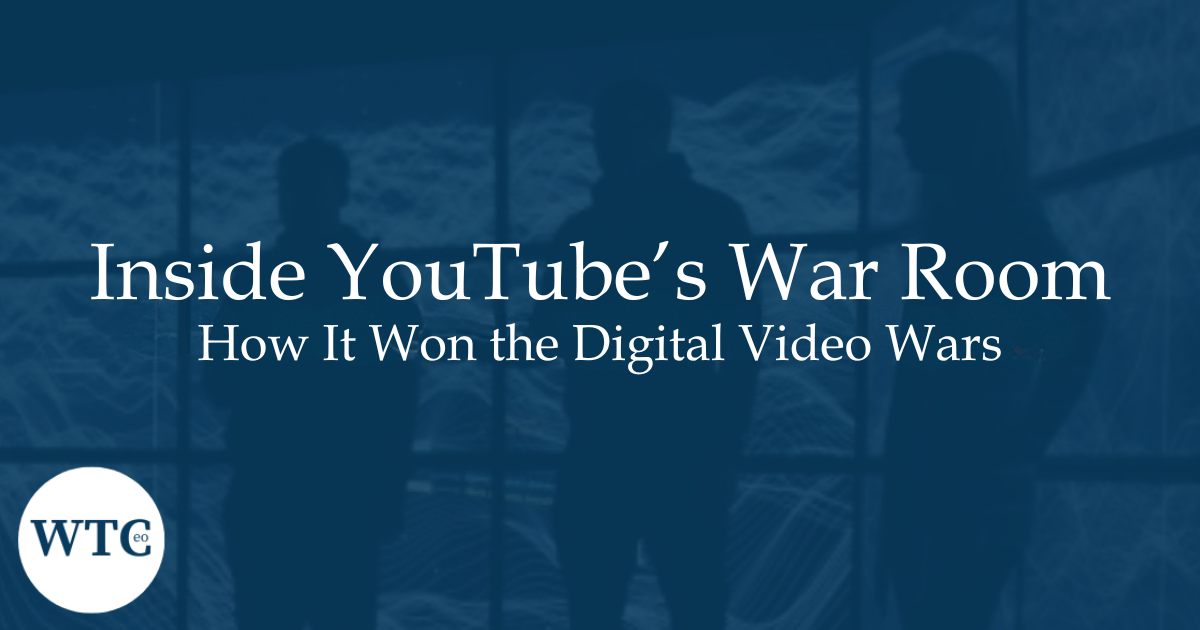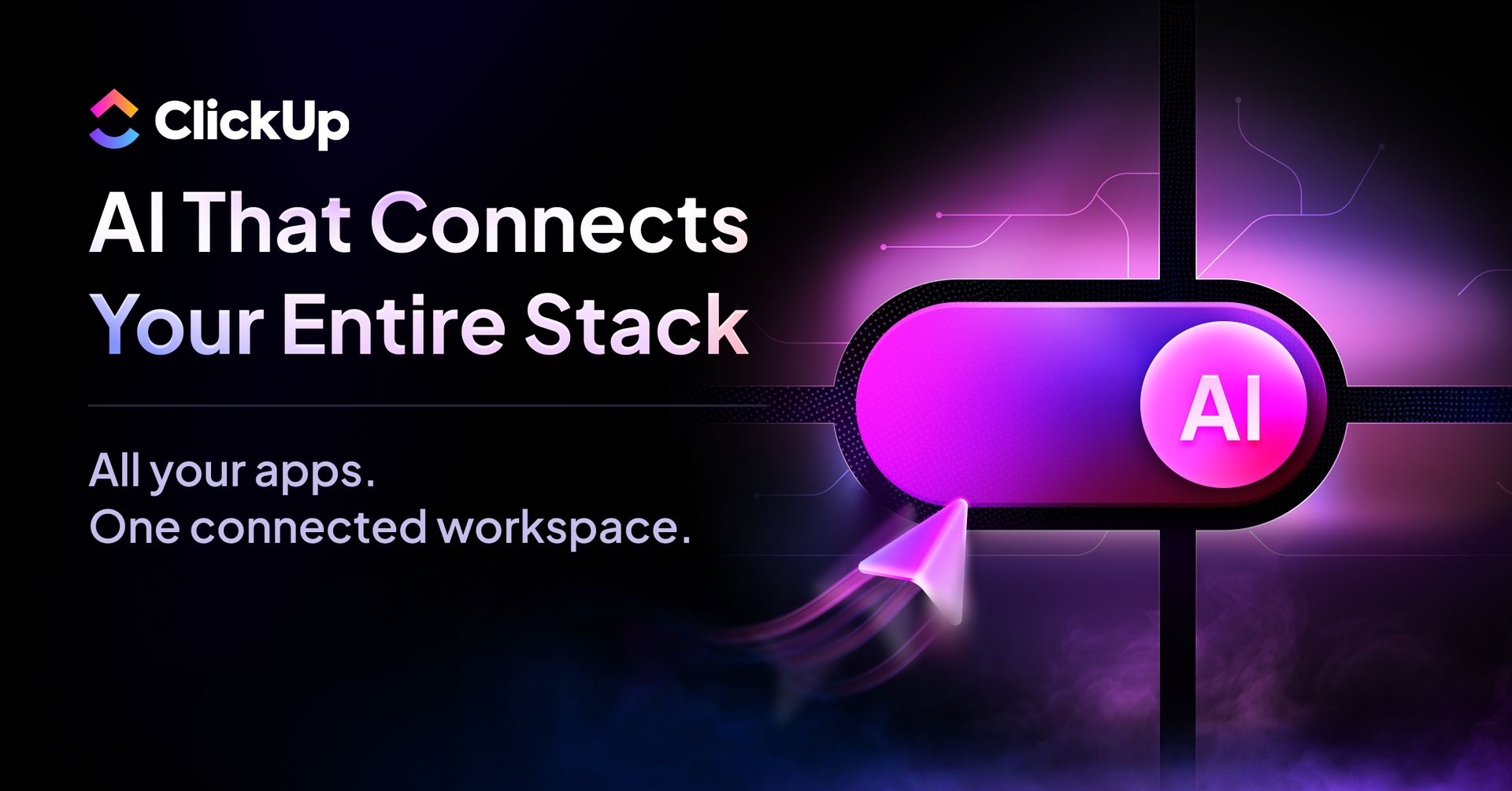- WarTime CEO Stories
- Posts
- Inside YouTube’s War Room
Inside YouTube’s War Room
How It Won the Digital Video Wars

The great thing about the Internet is that you can launch a product and, within just a few hours, people will tell you what they think about it.
Susan Wojcicki, Former CEO, YouTube
Context
With 2.7bn monthly users, 500 hours of content uploaded every minute, and an AI-powered recommendation engine, YouTube continues to dominate education, entertainment, and social commentary among digital video platforms.
But this victory was forged in hard-fought battles. Copyright wars, advertiser mutinies, algorithmic scandals, and pandemic-driven ad slumps once left YouTube fighting for survival. Resurgence came from rapid tactical pivots, fortified infrastructure, and relentless innovation. This is proof that in the fog of war, adaptation is the ultimate weapon.
Real-Life Story
As the brainchild of former PayPal executives Chad Hurley, Steve Chen, and Jawed Karim, YouTube was launched in February 2005 and initially designed as a video dating site. However, it quickly abandoned that narrow trench and pivoted to an open video-sharing platform after recognising a broader global demand.
The first video ever to be uploaded—“Me at the Zoo”—marked the dawn of a new era of media that aimed to democratise content creation and give anyone with a camera the chance to command an audience.
Viral Videos, Lawsuits and Hateful Content
From there, YouTube grew into a cultural juggernaut, upending traditional media. It spawned viral stars, revolutionised marketing, and created new business models around creators. But rapid growth exposed its flanks.
Copyright holders launched legal counter attacks as unauthorised uploads flooded the site. Content moderation turned into trench warfare, as billions of videos brought hate speech, misinformation, and exploitation into the open.
The recommendation algorithm—designed for engagement—faced public and government fire for purportedly amplifying sensationalism.
Financially, YouTube was burning through cash. Hosting and streaming costs in the early years far outpaced revenue.
Before its 2006 acquisition, the platform’s sustainability hung by a thread. And even after Google’s US$1.65bn rescue, more crises hit.
Advertisers staged multiple boycotts—dubbed the “Adpocalypse”—after their brands appeared alongside extremist or controversial content. This slashed revenue for creators and the platform alike.
Tactical Brilliance
Google’s acquisition of YouTube may have fortified its supply lines, providing infrastructure, global scale, and legal defences, but even that wasn’t enough.
To survive advertiser boycotts, YouTube had to diversify its war chest. Premium subscriptions, channel memberships, SuperChats, live shopping, and Shorts became new fronts that aimed to reduce dependence on traditional ads.
Operationally, it deployed Content ID, an automated copyright system that transformed adversarial lawsuits into structured partnerships.
YouTube also invested heavily in AI and human moderation and thus recalibrated algorithms to prioritise trust and long‑term satisfaction over short‑term engagement spikes.
By the time TikTok stormed the battlefield with short‑form content, neither did YouTube flinch. Instead, it launched Shorts, integrated it seamlessly into its ecosystem, and monetised it using its superior ad machinery. It was a textbook case of “copy, integrate, and monetise.”
The YouTube War Room
By 2025, crisis management had become a core doctrine. YouTube ran a digital war room—real‑time command centres where PR, tech, legal, and creator teams coordinated rapid responses.
An AI-powered monitoring system detected reputational threats before they spiralled, while tiered crisis playbooks ensured proportionate escalation.
Instead of outright purges, YouTube often used softer tactics such as demonetisation or reach limitation to contain borderline content without triggering censorship backlash.
Meanwhile, transparent communication with creators and advertisers rebuilt the trust perimeter.
These strategies transformed YouTube’s vulnerabilities into strengths. Algorithm criticism turned into algorithmic precision. Advertiser flight turned into advertiser confidence. Competitor threats turned into features absorbed and monetised within the platform. By staying nimble, diversifying revenue, and reinforcing trust, YouTube not only stabilised but expanded its dominance.
PostScript: Today, YouTube is a fortified ecosystem. Creators have multiple income streams, from ads to memberships to e‑commerce. Viewers enjoy a balance of authenticity and safety, while advertisers trust brand placement. Culturally, it remains a primary destination for learning, entertainment, and social connection.
Looking beyond 2025, YouTube is primed for the next era—AI-enhanced storytelling, immersive media, and social commerce. Its wartime doctrine of adaptation and diversification has made it resilient. At a time when digital crises erupt like flashfires, YouTube remains battle-ready, armed with technology, trust, and an unshakable creator economy.
Key Lessons
1) Turn Enemies into Allies
Copyright holders became partners after Content ID was established. WarTime CEOs know how to build systems that align even the most hostile stakeholders with their company success.
2) Exploit Your Competitors’ Weapons
TikTok’s short‑form video approach inspired the concept of YouTube Shorts. WarTime CEOs don’t just compete—they integrate and monetise rival advantages.
3) Invest in Intelligence
AI-driven crisis detection became YouTube’s radar for navigating the complexities of content creation. The system could spot reputational issues early. AI thus extended its reach and precision.
4) Balance Offence with Defence
Not every harmful upload needed removal; some needed demonetisation or capping its audience reach. In business, containment can be smarter than annihilation.
Find Out More
Do you want to learn more about the practical tools noted above? Are you aiming to find the right support for scaling up your business?
Feel free to click the button below if you feel you might need help.
Until next week, may the force be with you.
Kevin
P.S. Enjoyed this newsletter? Forward it to a friend and have them sign up here.
Whenever You’re Ready, Here are 4 Ways We Can Help You …
Business Turnaround and Transformation Tools, including templates, checklists, and dashboards
MasterMind Sessions - to teach you how to execute business turnarounds and transformations
One-on-One Calls - for mentoring with our expert panel
Promotion - amplifying the message of your business through sponsors
The Only AI That Knows All Your Work
Most AI tools start from scratch every time. ClickUp Brain already knows the answers.
It has full context of all your work—docs, tasks, chats, files, and more. No uploading. No explaining. No repetitive prompting.
ClickUp Brain creates tasks for your projects, writes updates in your voice, and answers questions with your team's institutional knowledge built in.
It's not just another AI tool. It's the first AI that actually understands your workflow because it lives where your work happens.
Join 150,000+ teams and save 1 day per week.

